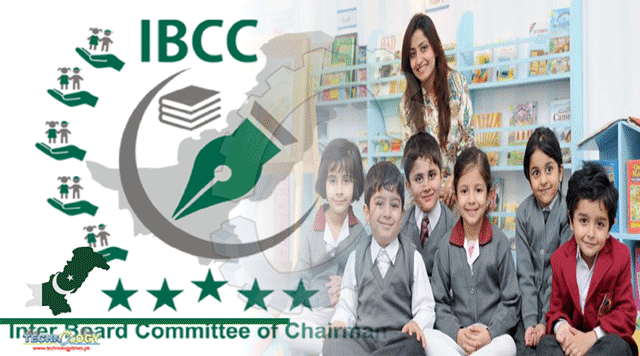Inter Board Committee Of Chairman (IBCC) Invited An Expression Of Interest For Consultancy For Reforms And Evaluation Of The Grading System.

In an effort to improve the quality of education, the Inter Board Committee of Chairman has invited an expression of interest for consultancy for reforms and evaluation of the grading system for secondary and higher secondary school systems.
According to the notification, the consultant will be expected to research and study the assessment for grading at secondary and higher secondary schools in comparison with local and global education systems. The focal person will also be required to share the best practices with IBCC including advantages and disadvantages and long and short term impacts on education system of Pakistan.
According to the Pakistan Social and Living Standards Measurement Survey (PSLM 2019/20) conducted by the Pakistan Bureau of Statistics, the country’s youth literacy remained at 72 per cent at the national level, proportionately higher in urban areas with 84 per cent than in rural areas with 65 per cent. Youth literacy is calculated from the age 15 to 24 years and for the first time it is being calculated in PSLM District Level Survey 2019/20.
The PSLM District Level Survey 2019/20 results revealed Punjab to be on top among all the provinces in youth literacy with 78 per cent; followed by Khyber-Pakhtunkhwa, 67 per cent; while Balochistan is at the lowest with 57 per cent. The youth literacy in Islamabad is reported at 93 per cent.
However, district-wise comparison reveals that Narowal and Sialkot top with 93 per cent, Korangi with 92 per cent, Abbottabad with 95 per cent, Pishin and Quetta with 76 per cent are on top in their respective provinces, while Rajanpur with 52 per cent, Kashmore with 31 per cent, Mohmand with 30 per cent and Shaheed Sikandarabad with 11 per cent are on the bottom in their respective provinces.
Adult literacy remained stagnant at 57 per cent in 2019/20 as in 2014/15. The regional comparison shows a 2 per cent decline in the urban areas with 72 per cent in 2019/20, compared with 74 per cent in 2014/15, the survey showed.
This percentage inclines in the rural areas with 48 per cent in 2019/20, compared with 46 per cent in 2014/15. Further, the gender pattern depicts that the percentage of men is higher with 68 per cent than in women with 46 per cent.
This news was originally published at BOL News.